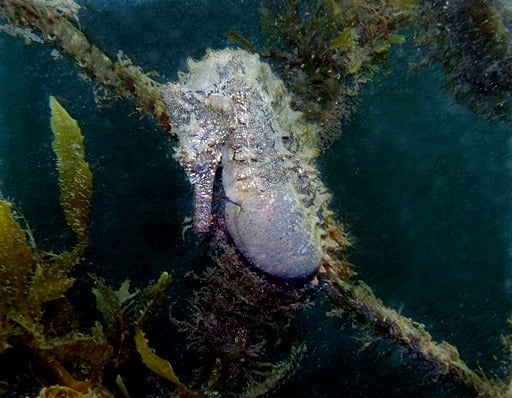Nature never ceases to amaze us with its extraordinary diversity, particularly when it comes to reproduction. While humans and many mammals follow relatively similar birthing patterns, the animal kingdom offers some truly bizarre, fascinating, and sometimes downright disturbing reproductive strategies. From males giving birth to babies eating their way out of their mother, these unusual birthing methods have evolved over millions of years to ensure species survival in various environments. This article explores 13 of the strangest animal births in nature, offering a glimpse into the remarkable adaptations that showcase evolution’s ingenuity.
Male Seahorse Pregnancy and Birth
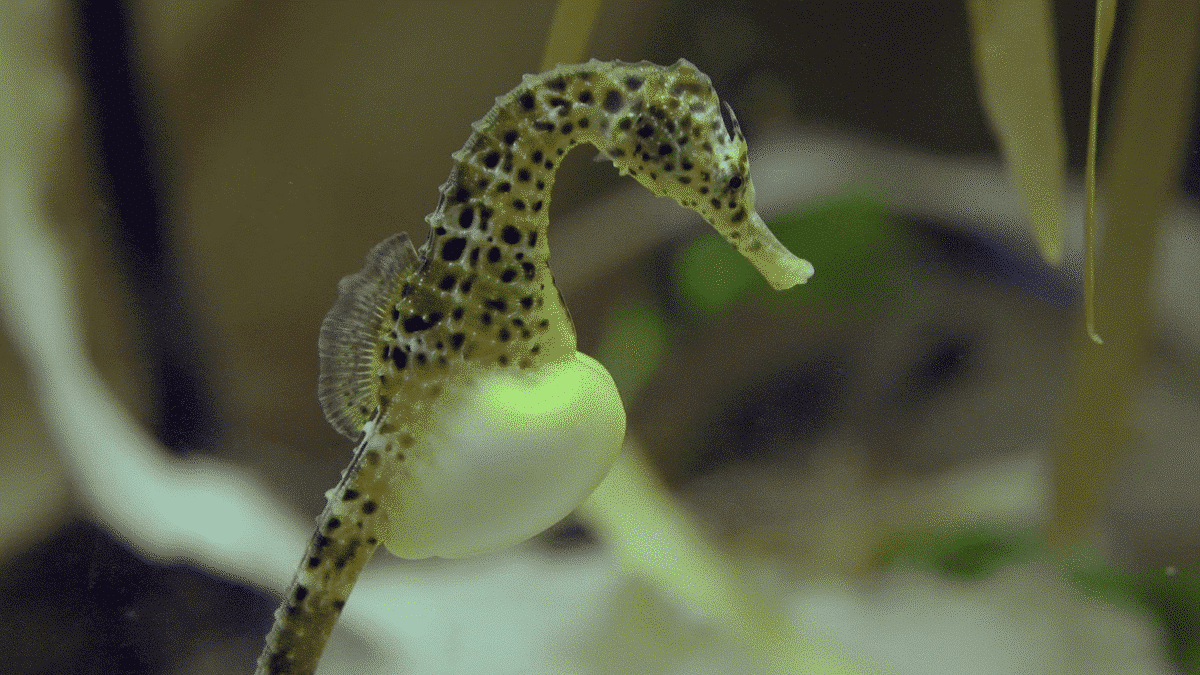
In a remarkable reversal of traditional reproductive roles, male seahorses, not females, carry and give birth to offspring. After an elaborate courtship dance, the female deposits her eggs into the male’s specialized brood pouch, where he fertilizes them internally. The male then carries the developing embryos for 9-45 days, depending on the species. During this time, his pouch acts as a surrogate womb, providing oxygen and nutrients while removing waste products from the developing embryos.
The birth itself is an extraordinary spectacle that can last for hours. Through muscular contractions, the male seahorse expels anywhere from 5 to 2,500 fully-formed miniature seahorses from his pouch. These tiny replicas, usually measuring less than half an inch, are immediately independent and receive no further parental care. This unique reversal of reproductive roles represents one of the few examples in nature where males physically bear the burden of pregnancy, making it perhaps the most famous example of unusual animal births.
Surinam Toad’s Back-Bursting Babies
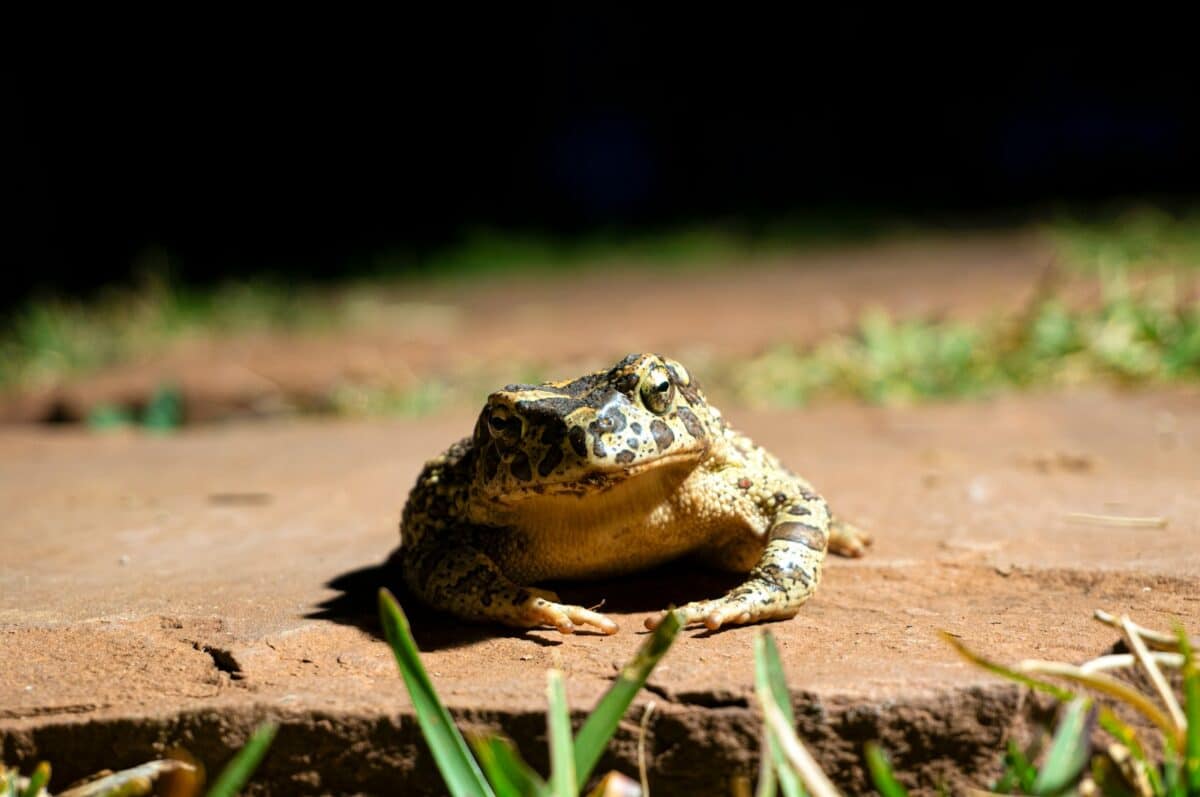
The Surinam toad (Pipa pipa) exhibits one of the most visually disturbing birth methods in the animal kingdom. During mating, the male attaches eggs to the female’s back, where her skin grows over them, creating individual pockets or chambers. For the next 3-4 months, the embryos develop within these skin pouches, completely embedded in the mother’s back, creating a honeycomb-like appearance that can trigger trypophobia in some human observers.
When development is complete, fully formed toadlets literally burst through their mother’s skin to emerge into the world. This eruption happens all across the mother’s back, with tiny toads popping out one after another. Despite how painful this appears, the female is adapted for this process and suffers no lasting damage. After all the toadlets have emerged, the mother sheds her top layer of skin and begins the cycle again. This bizarre reproduction method ensures the vulnerable tadpole stage takes place in the relative safety of the mother’s back rather than in predator-filled waters.
Kiwi Bird’s Enormous Egg

The kiwi bird of New Zealand lays the largest egg in relation to body size of any bird on Earth. A female kiwi weighs about 3-4 pounds but lays an egg that weighs around 1 pound – representing 15-20% of her body weight. To put this in perspective, if humans gave birth to babies of proportional size, a 130-pound woman would deliver a 26-pound newborn. The egg grows so large inside the female kiwi that it pushes her internal organs aside and she can barely eat in the days before laying.
The reason for this evolutionary oddity is that kiwi chicks need to be highly developed at hatching. Unlike many bird species whose chicks are helpless and require extensive parental care, kiwi chicks hatch with a full coat of feathers and can fend for themselves within a week. The female’s sacrifice in carrying such a disproportionately large egg allows her offspring to enter the world in an advanced state of development, giving them a better chance of survival. This extreme example of parental investment represents one of nature’s most impressive reproductive adaptations.
Tasmanian Devil’s Microscopic Beginnings
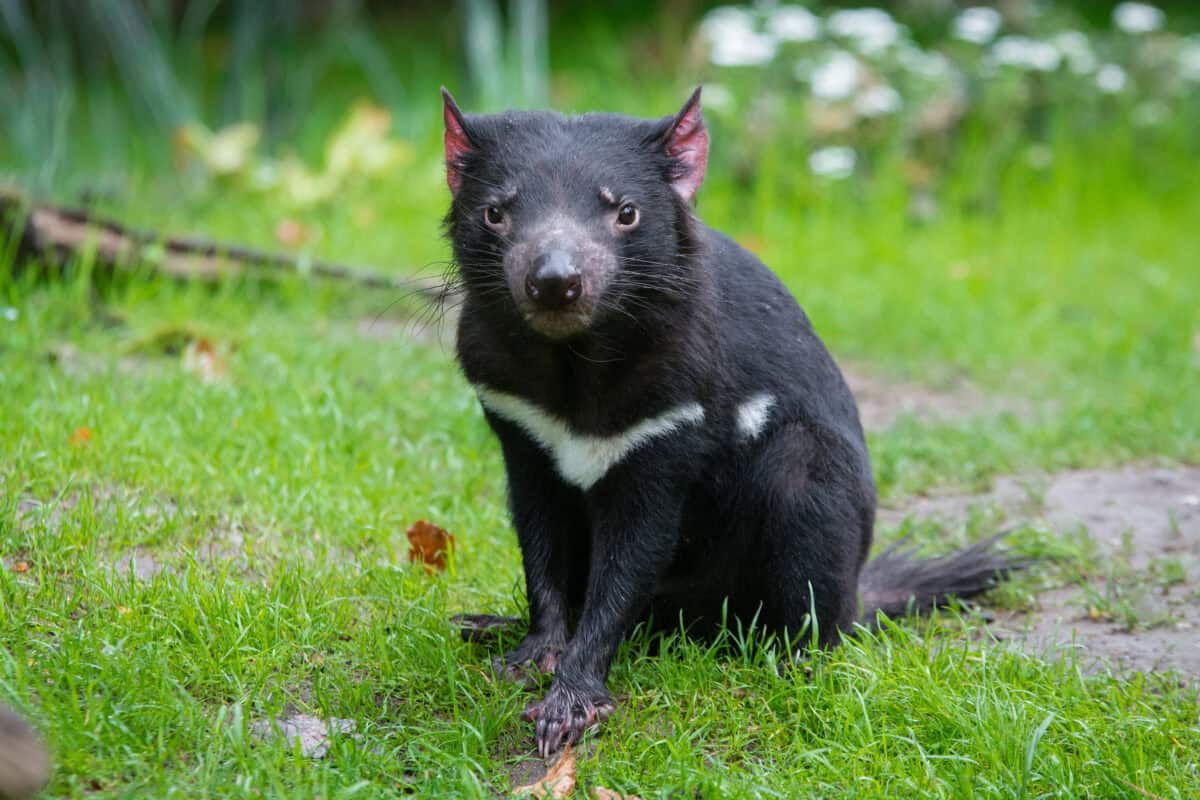
Tasmanian devils have one of the most unusual birth processes among mammals. After a gestation period of just 21 days – one of the shortest for any mammal – female devils give birth to as many as 50 tiny, underdeveloped young. Each joey is approximately the size of a grain of rice, weighing about 0.0071 ounces (0.2 grams). These embryonic creatures are essentially still in an embryonic state, with only their front limbs developed enough to crawl.
The journey doesn’t end at birth – it’s just beginning. The miniature joeys must crawl through their mother’s fur and into her pouch, where only four teats are available. This creates an immediate and brutal competition where only the first four to reach the pouch survive, while the others perish. Those lucky enough to secure a teat remain attached for months, continuing their development inside the pouch. This extreme reproductive strategy, known as superovulation, increases the chances that at least some offspring will survive despite the harsh competition and represents one of nature’s most brutal birth lotteries.
Parasitic Wasp’s Host Incubation
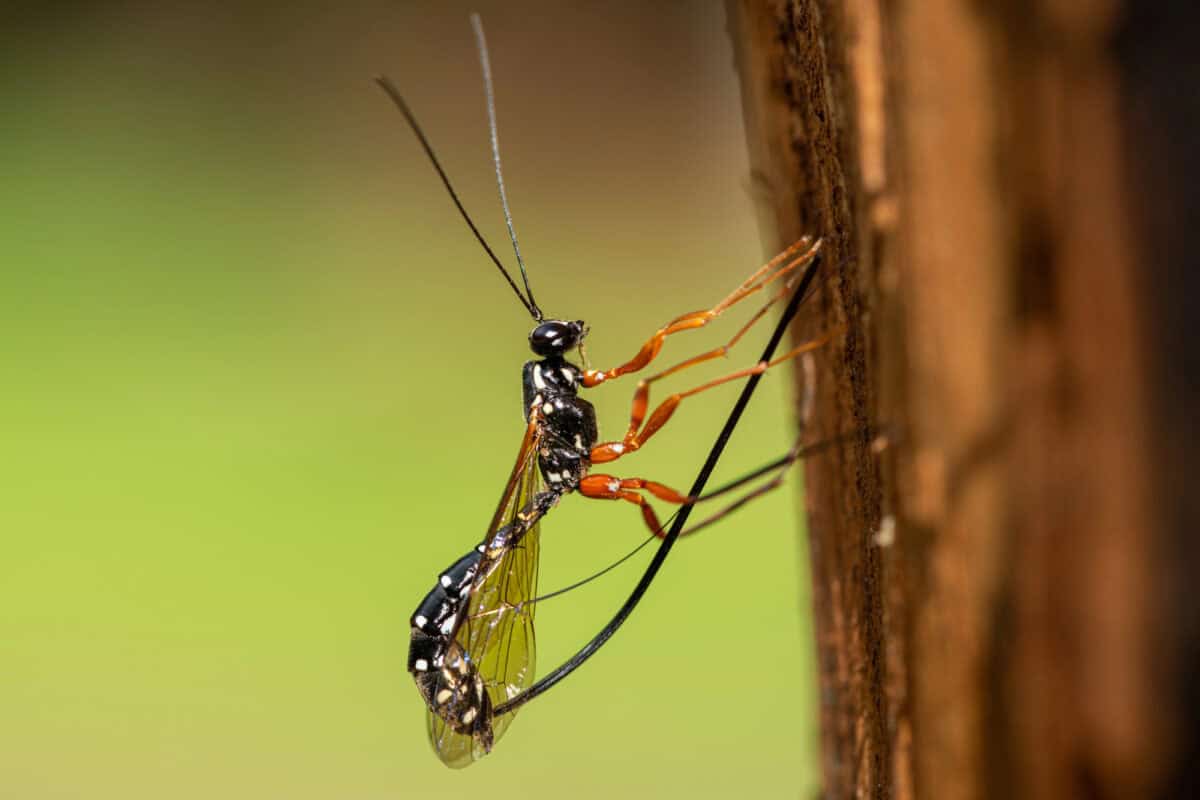
Parasitic wasps employ one of the most horrifying reproductive strategies in nature, essentially using other living creatures as both incubators and food sources for their young. Species like the Glyptapanteles wasp target specific caterpillars, injecting their eggs directly into the host’s body. Once inside, the wasp larvae begin feeding on the caterpillar’s bodily fluids, carefully avoiding vital organs to keep their living incubator alive as long as possible. The caterpillar continues moving and eating, unaware it harbors dozens of developing parasites.
When the larvae are ready to emerge, they chew their way out through the caterpillar’s skin—a process that should kill the host, but remarkably doesn’t always do so immediately. In some species, the emerged larvae manipulate the caterpillar’s behavior, turning it into a zombie-like bodyguard that protects the pupating wasps from predators until they’re ready to fly away as adults. The caterpillar eventually dies from the trauma or starvation. This gruesome reproductive strategy, while disturbing from a human perspective, represents an evolutionary masterpiece that ensures wasp offspring have both protection and a ready food source during their most vulnerable developmental stages.
Marsupial Birth Development in a Pouch

Marsupials like kangaroos, koalas, and wombats have evolved a reproductive strategy drastically different from placental mammals. Female marsupials have exceptionally short gestation periods—a red kangaroo’s pregnancy lasts just 33 days. The newborns emerge incredibly underdeveloped, essentially still embryos. A newborn kangaroo is hairless, blind, and approximately the size of a jelly bean, weighing less than 1 gram. This tiny creature must immediately embark on an arduous journey, crawling from the birth canal up through its mother’s fur to reach the pouch without any maternal assistance.
Once inside the pouch, the joey attaches to a teat, which swells in its mouth to prevent detachment. The real development begins here, with the joey remaining attached to the teat for months, gradually developing organs, limbs, and fur. This two-stage development process offers evolutionary advantages, allowing the mother to flee from predators without the heavy burden of carrying fully developed young internally. It also permits the female to hold embryos in suspended development (embryonic diapause) until environmental conditions are favorable, and even to simultaneously nurture joeys at different developmental stages—one in the pouch and one embryo waiting to develop. This reproductive method represents one of evolution’s most fascinating compromises between maternal mobility and offspring development.
Live Birth in Sharks Intrauterine Cannibalism

While many people assume all sharks lay eggs, several species actually give birth to live young. The sand tiger shark (Carcharias taurus) employs one of the most brutal prenatal development strategies in nature—intrauterine cannibalism. The female initially produces multiple eggs that are fertilized in her two uteri. The first embryo to develop in each uterus consumes all its unhatched siblings, engaging in a gruesome survival of the fittest before even being born. This embryonic predator devours its brothers and sisters, absorbing their yolk sacs and eventually consuming smaller, developing embryos whole.
This macabre reproductive strategy ensures that only the strongest, most aggressive offspring survive, and they’re born at an advanced stage of development. By the time a sand tiger shark pup is born, it has already become a competent predator measuring about 3 feet long—significantly larger than most newborn sharks. This head start increases survival chances in the competitive marine environment. Though disturbing from a human perspective, intrauterine cannibalism represents an evolutionary adaptation that prioritizes quality over quantity, ensuring fewer but stronger offspring better equipped to survive in a predator-filled ocean.
Hyena’s Masculinized Females and Deadly Birth Canal
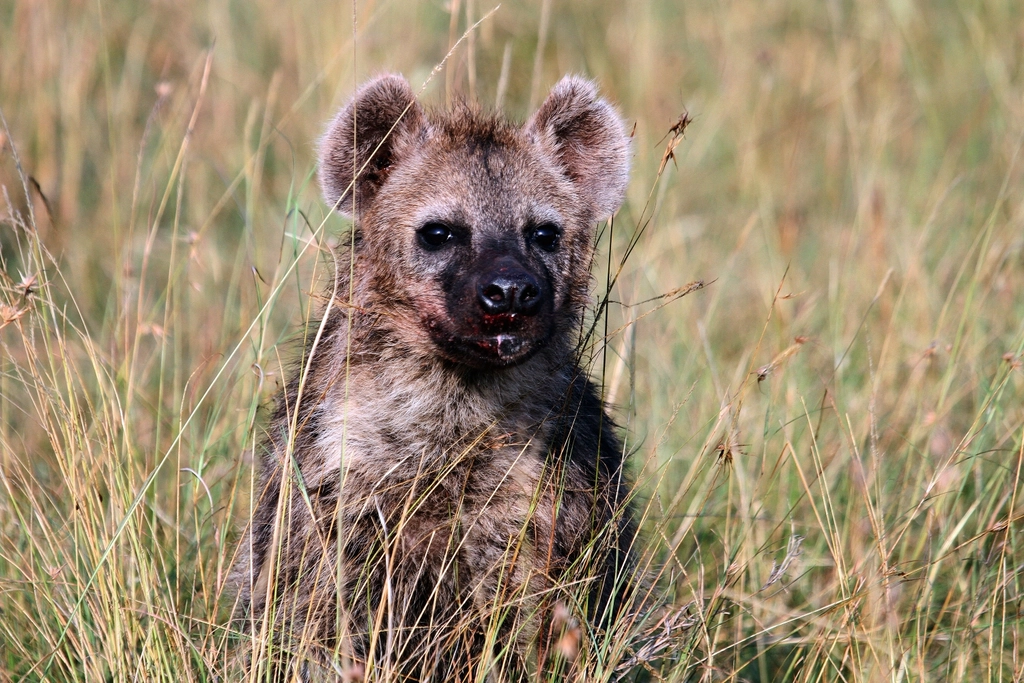
Spotted hyenas have perhaps the most painful and dangerous birth process of any mammal, with first-time mothers having a mortality rate of up to 18%. Female hyenas possess a pseudopenis—actually an elongated clitoris that can extend up to 7 inches—through which they must give birth. This unusual genital structure is the result of high androgen exposure in the womb, which essentially masculinizes female hyenas, giving them higher testosterone levels than males. The pseudopenis serves multiple functions in hyena society, including greeting rituals and dominance displays, but becomes a deadly liability during birth.
The birth canal running through this narrow tube is only about one centimeter in diameter, yet must stretch to accommodate cubs weighing around 3 pounds. The process often tears the canal, causing excruciating pain and massive blood loss. To make matters worse, first-born cubs must travel an extra 60 centimeters through the birth canal compared to subsequent births, and approximately 60% of first-born hyena cubs suffocate during the prolonged journey. This extraordinarily difficult birth process represents an evolutionary trade-off: the masculinized genitalia provide females with social dominance in hyena society, but at the tremendous cost of reproductive difficulty and high mortality rates during first births.
Darwin’s Frog Vocal Sac Incubation
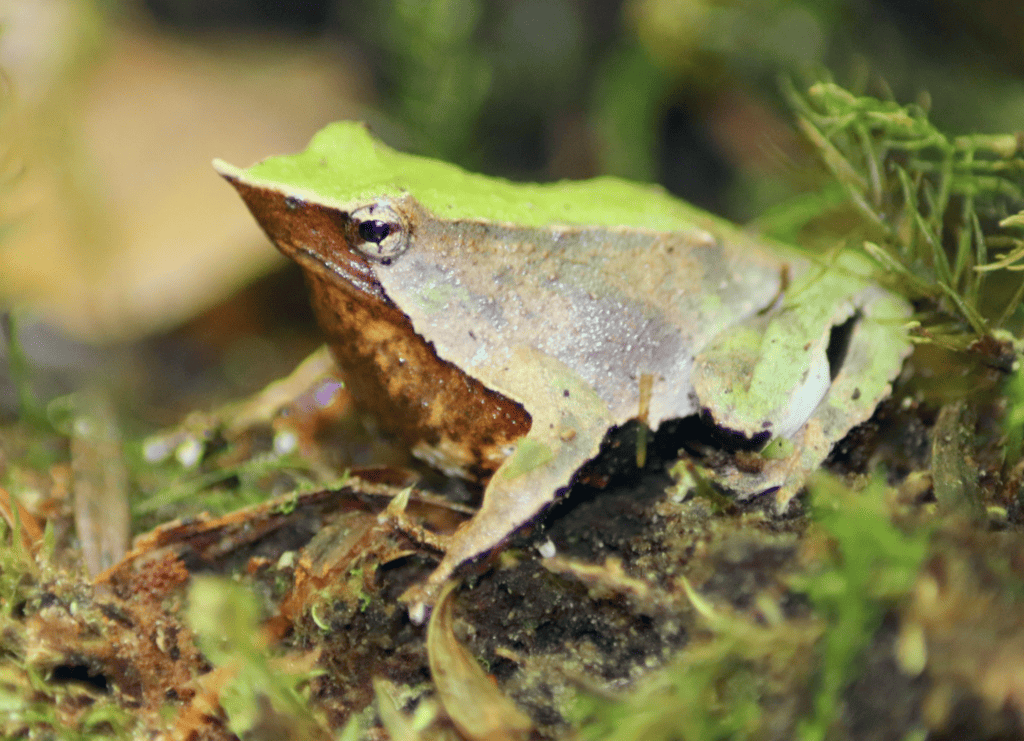
Darwin’s frog (Rhinoderma darwinii), native to the forests of Chile and Argentina, employs one of the most unusual parental care strategies in the amphibian world. After the female lays her eggs on the forest floor, the male takes over the parental duties in a truly extraordinary way. When the eggs begin to show signs of movement, the vigilant father uses his tongue to scoop up the developing tadpoles and store them in his vocal sac—the expandable pouch male frogs typically use for calling to attract mates.
Inside the father’s vocal sac, the tadpoles complete their metamorphosis over 6-8 weeks. The male’s digestive system essentially shuts down during this period, and his vocal sac transforms into a protected, moist nursery. When development is complete, the father literally coughs up fully formed froglets. This remarkable adaptation ensures the vulnerable tadpoles develop safely away from aquatic predators. Sadly, Darwin’s frogs are critically endangered due to habitat loss and the amphibian fungal disease chytridiomycosis, meaning this extraordinary birthing method could disappear forever without conservation intervention.
Sea Louse Eaten Alive by Offspring
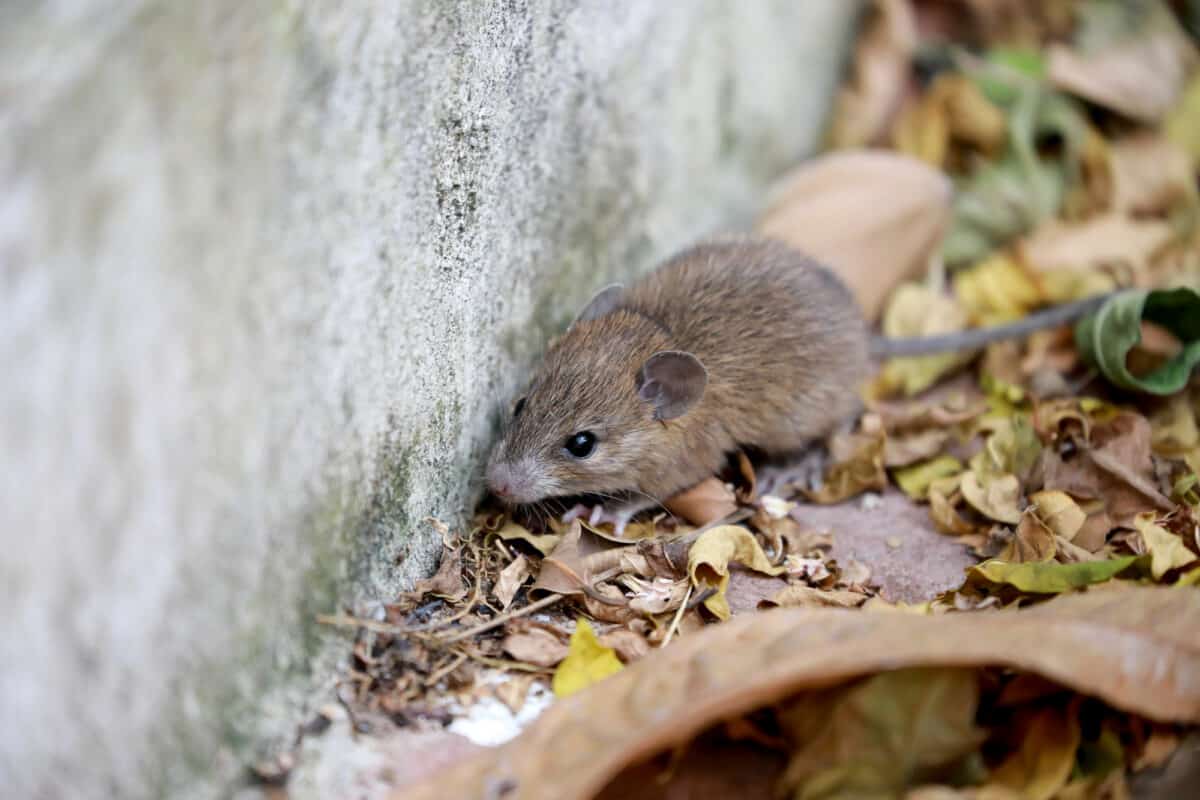
The female sea louse (Limnoria lignorum) makes the ultimate maternal sacrifice through a process called matriphagy—being eaten alive by her own offspring. After fertilization, the female’s body becomes distended as embryos develop inside her. Unlike most creatures that give birth by expelling their young, the sea louse’s offspring begin consuming her from the inside out. The young systematically devour their mother’s internal organs while still inside her body, starting with non-vital tissues and progressing to essential organs.
By the time the young sea lice emerge, they have consumed almost their entire mother, leaving behind just an empty exoskeleton. This extreme reproductive strategy ensures the offspring receive maximum nutrition during their most vulnerable developmental stage while simultaneously eliminating competition for resources once they emerge. Though gruesome from a human perspective, matriphagy represents an evolutionary strategy that maximizes offspring survival through the ultimate form of parental investment. Similar reproductive behaviors can be observed in certain spider species, notably the social spider Stegodyphus lineatus, where the mother liquefies her internal organs for her spiderlings to consume.
Platypus Egg-Laying Mammals
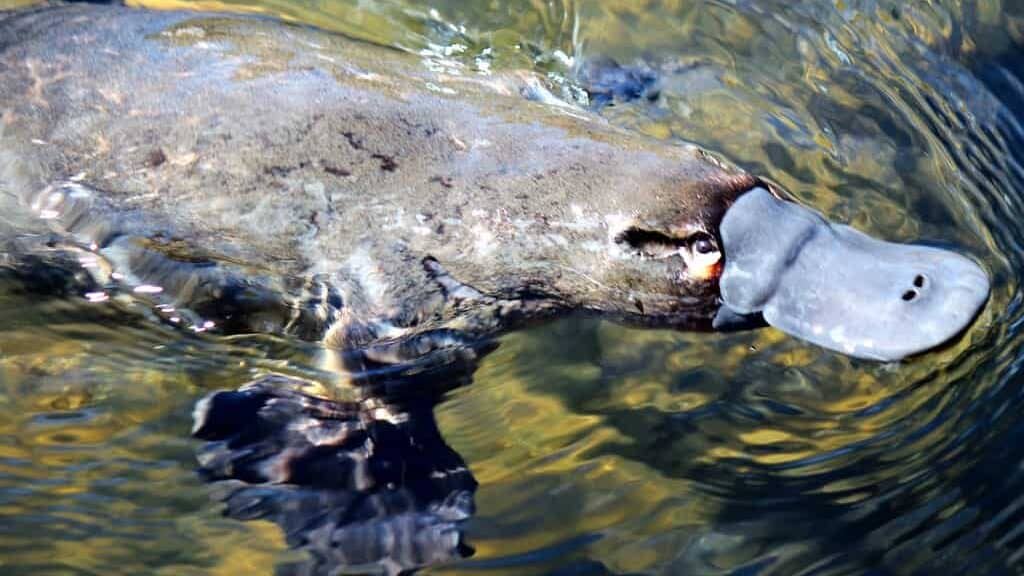
The platypus confounded early European naturalists so thoroughly that they initially believed it was an elaborate hoax. This remarkable creature belongs to the monotremes—the only mammals that lay eggs rather than giving birth to live young. Female platypuses produce leathery eggs similar to reptiles, typically laying 1-3 eggs after a gestation period of about 21 days. The mother incubates these eggs by curling her body around them and holding them against her belly with her tail for approximately 10 days until they hatch.
Despite laying eggs, platypuses display distinctly mammalian traits after hatching. Newborns, called puggles, are altricial (helpless at birth) and hairless, about the size of lima beans. Since platypuses lack nipples, the mother secretes milk through specialized patches on her abdomen, which the puggles lap up as it pools on her fur. The milk contains unique antibacterial properties not found in other mammals. This extraordinary blend of reptilian and mammalian reproductive characteristics makes the platypus a living example of evolutionary transition, offering scientists valuable insights into mammalian evolution. Along with the echidna, the platypus represents one of nature’s most unusual reproductive compromises, combining egg-laying with mammalian parental care.
Aphid Reproductive Telescoping

Aphids employ one of the most efficient reproductive strategies in the animal kingdom, known as telescoping generations or paedogenesis. During the spring and summer months, female aphids reproduce through parthenogenesis—essentially cloning themselves without the need for males. What makes this process truly extraordinary is that female aphids are born already pregnant with the next generation developing inside them. In fact, those developing embryos themselves contain the beginnings of a third generation, creating a “Russian doll” effect of generations within generations.
This reproductive telescoping allows aphids to multiply with astonishing speed, with a single female potentially producing billions of genetically identical descendants in a single season. Each aphid can give birth to 5-10 offspring daily, each of which matures in about a week and begins producing its own young. This exponential reproduction explains why aphid infestations seem to appear overnight on plants. When environmental conditions deteriorate in autumn, aphids switch to sexual reproduction, producing males and females that mate to create fertilized eggs that overwinter. This remarkable reproductive flexibility, alternating between asexual and sexual reproduction depending on environmental conditions, makes aphids extraordinarily successful despite their tiny size and vulnerability to predators.
Gastric-Brooding Frog’s Stomach Incubation
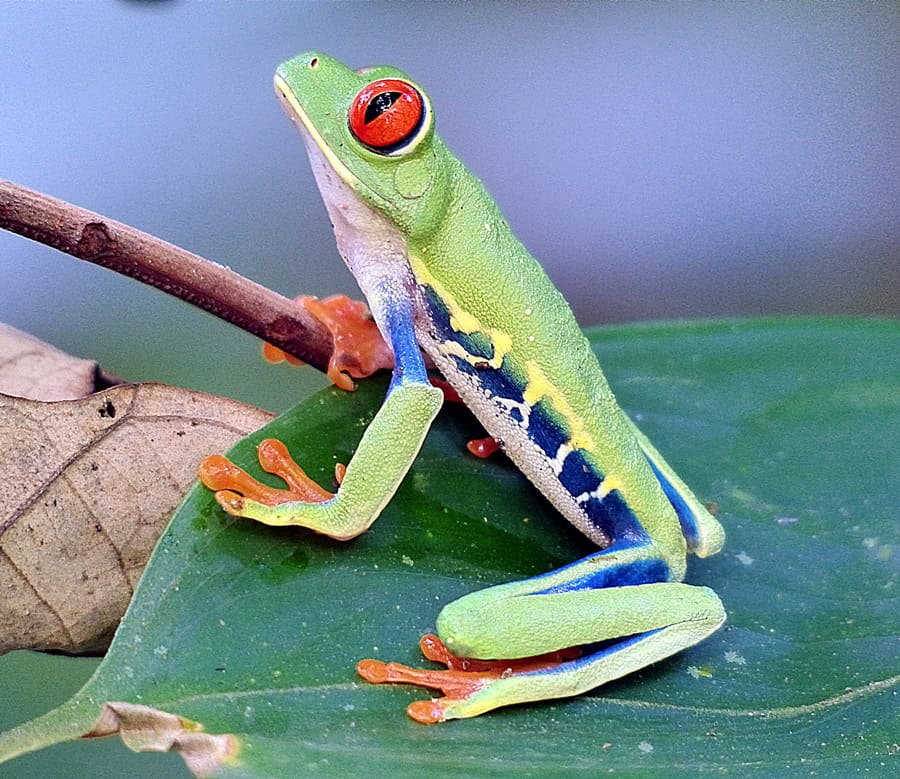
The gastric-brooding frogs (Rheobatrachus spp.) of Australia, now sadly extinct, displayed perhaps the most extraordinary maternal sacrifice in the amphibian world. After external fertilization, the female would actually swallow her fertilized eggs, which would then develop in her stomach. To prevent digestion of her offspring, the female’s digestive system would shut down completely through a process called gastric inhibition, likely triggered by prostaglandin E2 secreted by the developing embryos. During the six-week gestation period, the mother could not eat and her stomach expanded dramatically to accommodate the growing tadpoles.
When development was complete, the mother would experience contractions similar to labor and literally vomit up fully formed froglets. This remarkable adaptation protected vulnerable eggs and tadpoles from aquatic predators and desiccation in Australia’s unpredictable climate. Tragically, both known species of gastric-brooding frogs (Rheobatrachus silus and Rheobatrachus vitellinus) went extinct in the 1980s before scientists could fully understand their unique biology. Their disappearance represents not only the loss of two species but also of one of nature’s most extraordinary reproductive adaptations. Some scientists are attempting to resurrect these remarkable frogs through de-extinction techniques, hoping to restore this unique birthing method to the natural world.
Conclusion: Nature’s Strangest Births Reveal Evolution’s Wild Side

From males giving birth to cannibalistic embryos and young that eat their way out of their mothers, the animal kingdom is overflowing with bizarre, shocking, and ingenious birthing strategies. Each unusual method, however gruesome or alien it may seem to us, reflects a finely tuned evolutionary adaptation designed to maximize survival in a harsh and competitive world. These reproductive oddities challenge our assumptions about how life begins and highlight the incredible creativity of nature. Whether it’s the male seahorse’s nurturing pouch or the parasitic wasp’s sinister tactics, one thing is clear: when it comes to birth, there’s no such thing as “normal” in the wild.
- 12 Most Googled Creatures of the Deep Ocean - August 25, 2025
- 13 Most Aggressive Mammals in the Wild - August 24, 2025
- 10 Behaviors That Keep Eagles Healthy And 3 That Shorten Lifespan - August 24, 2025

